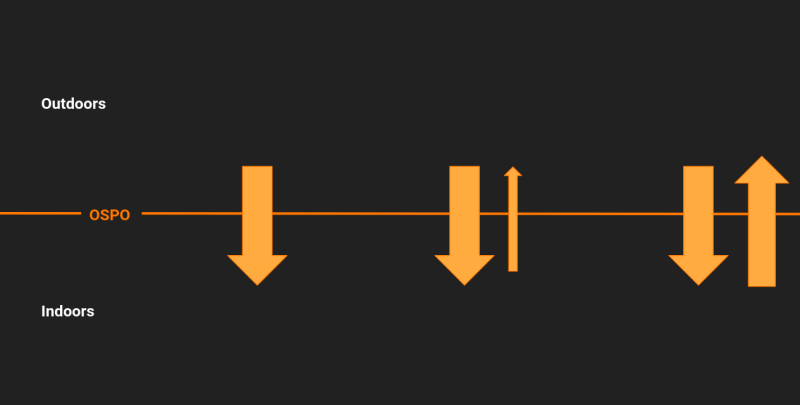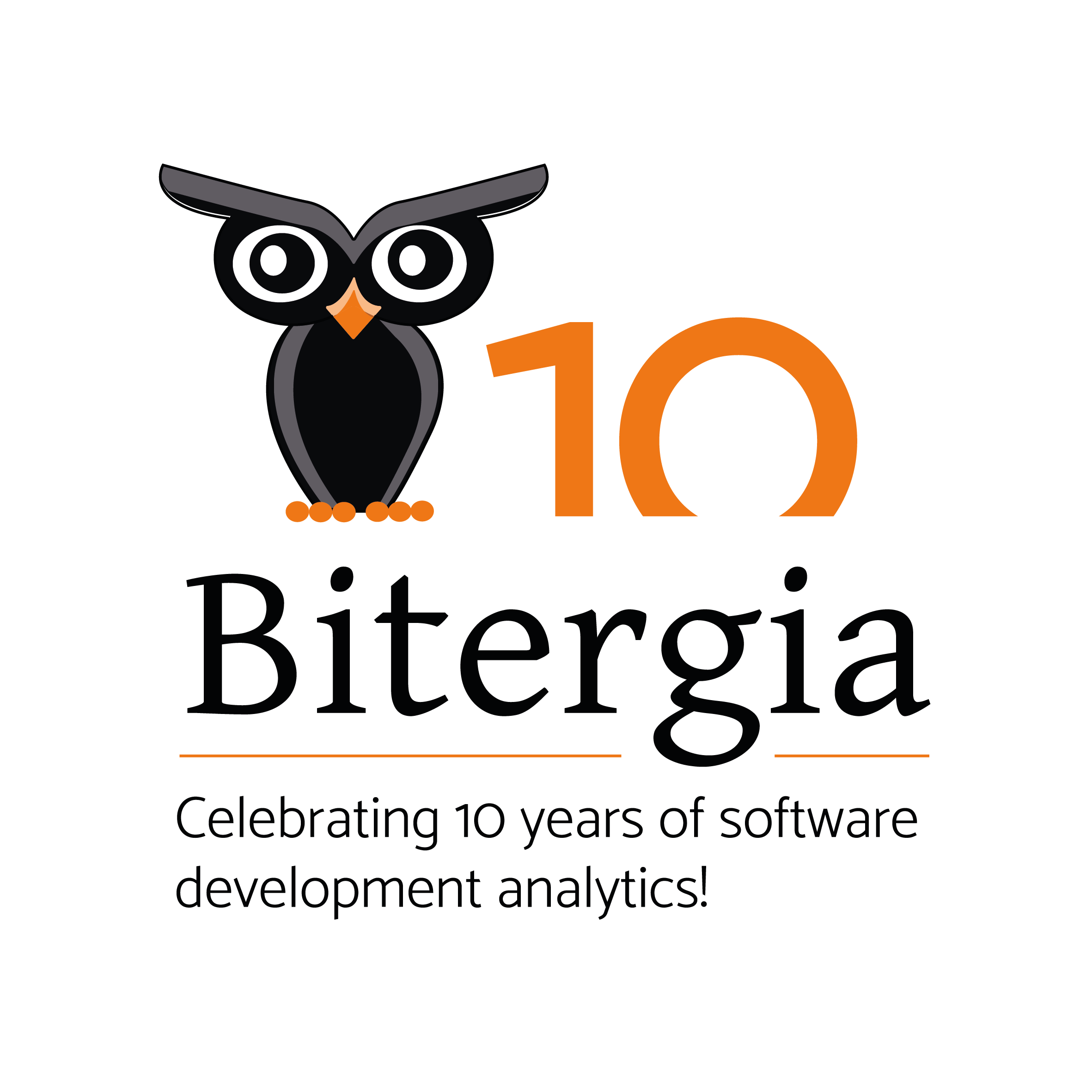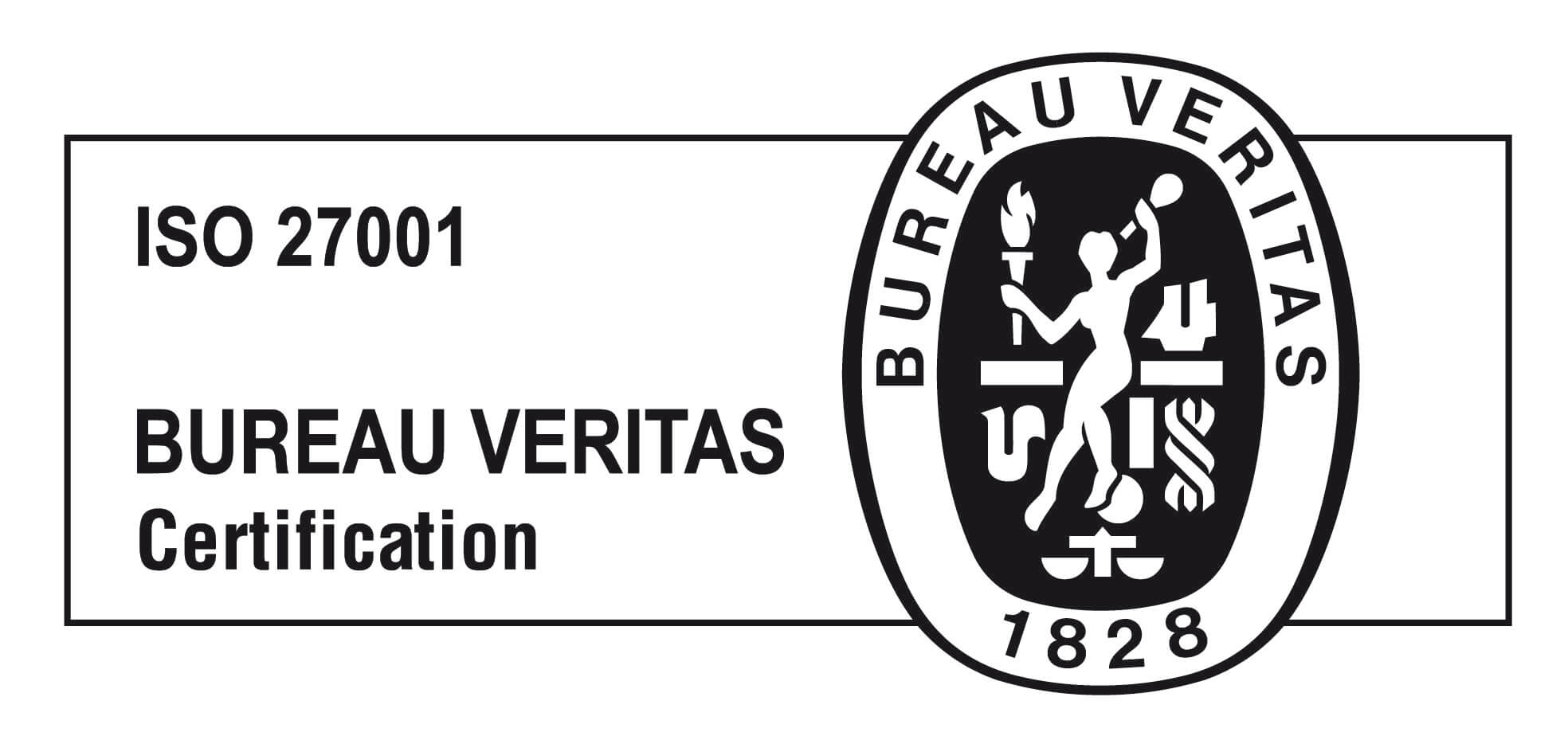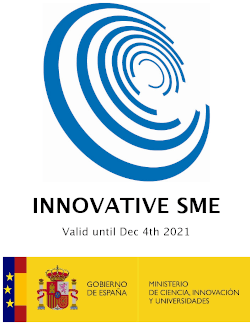There are different ways to measure the success of an OSPO (Open Source Program Office). What constitutes success is dependent on the goals of the organization and why it established the OSPO. Whatever the success metrics are, it is important for an OSPO to demonstrate its success. In this blog post, we want to navigate through some strategies that an OSPO can use to measure its success and show its value to the organization.
Before we dive into measuring the success of an OSPO, let’s review some basics about OSPOs. Much of this knowledge comes from several groups for OSPOs. These groups promote best practices and connect OSPO professionals through a community of practice:
- OSPO++: OSPO in universities, governments, and civic institutions.
- OSPO Zone: The OSPO Alliance’s platform for sharing and promoting world-class materials on good governance for OSPOs.
- TODO Group: An open group of organizations that collaborate on practices to run successful and effective open source projects and programs.
The role of an OSPO in an organization
We can find the role of an OSPO in an organization at the intersection between the “indoors” (teams inside a company such as human resources, marketing, development…) and “outdoors” (the rest of the world). We can think of an organization has erected a wall between the indoors and outdoors. Establishing an OSPO opens a window for open source software to move between the two sides in a controlled way.
What the OSPO does at this intersection depends on the goals of the organization and its maturity of working in open source. At the first level, companies only consume open source software and the OSPO is responsible for managing risk.
In the second level, companies also contribute back to open source in small ways and the OSPO is responsible for establishing guidelines for how to do this.
At the third level, organizations are sophisticated in consuming and producing open source software and the OSPO’s responsibility is to ensure this goes well and the organization has a strong brand around open source.
To give an example, there are companies in the third level that develop their product as open source which is the same product they sell and support. In these companies, the OSPO “window” ensures a lot of transparency. For example, Bitergia is offering its Bitergia Analytics Platform service on top of the GrimoireLab software. All software development is done in the GrimoireLab open source project which is part of the Linux Foundation’s CHAOSS community. Another example is GitLab with its Community edition that is fully open source.
Depending on the company, there are several issues when consuming, producing, or even leading open source communities. Nowadays we can say that any company is consuming open source in one way or another.
Why not contribute back?
Well, maybe the company has concerns about reputation, license compliance, security, or simply lacks a good understanding of open source or how to be a good open source citizen.
We can think about the goal of an OSPO outdoor strategy that works with reputation strategy, talent attraction, use other types of tools, and in open source communities, we can look for innovation and learn new technologies.
For indoors, we can say that this is a central place to organize OSS-related things, licenses, training, and advice. Also, create workflows to safely use and contribute back, and foster OSS culture through innersource or moving people to the open source environment.
What is your business goal when building an OSPO? What are you trying to achieve?
The goals are different depending on the type of OSPO you are:
- an academic institution (contribute back to society, product knowledge, or software to help the academic environment)
- a large company (recruit and retain developers, increase developer productivity or create and grow open source projects)
- or a medium-size company (analyze the OSPO environment).
It also depends on the people that are part of the OSPO ecosystem who have to work together and be aligned with the mission and vision of the organization and the different goals and work they do in their daily tasks.
Even with the existence of an OSPO, corporate people engage with different roles and skills.
- Roles as the community manager, the developer advocate or the technology evangelist are totally different from each other.
- And people with certain technical skills may feel comfortable using or even running certain metric platforms or dashboards.
Good, then what happens when you’re not that big, when you don’t have infinite resources? You need prioritization.

The existing literature is great, but there’s always room for improvement. An initial discovery phase and alignment are key for the success of the OSPO. Business Goals and OSS Project Goals are different (e.g., TODO Group corporations focus guidelines vs CHAOSS’). The current guideline is useful for large companies with certain resources, but hard to accomplish for SMEs.
Trust tools in your supply chain that you can check, that are open source tools. You’ll make decisions based on data, you must be sure the data insight is traceable.
Bitergia helps build OSPOs and increase the value OSPOs provide to organizations.
Use our Open Source Program Office Framework and Analytics Tool to develop the culture and best practices that support OSS, effectively engage with the OSS ecosystem, and contribute to its sustainability.
We can accelerate your open source journey. Bitergia has the experience to help you build successful workflows, relationships, and reputation within the open source ecosystem. Contact us now so we can help you!
You can watch the presentation in the OSPOcon 2021 where our CEO Daniel Izquierdo explained the many faces of measuring OSPO success.










